Sennyu-ji Temple, Kyoto’s Imperial Graveyard
South Kyoto City is noticeably less popular than the Higashiyama District, where you can find Inari Shrine and Kiyomizu Temple. As tourists continue to flood Kyoto, it is refreshing to know there is still a quiet area of the city that is only just off the beaten path. Despite the comparative lack of popularity, in the south of Kyoto lie many famous temples. One of those temples is Sennyu-ji Temple [泉涌寺], also known as Mitera, which has a profound relationship with the imperial family.
The History of Sennyu-ji Temple
While many believe Kukai to be the founder of Sennyu-ji (originally Horin-ji), the details are rather lacking.
One thing that is for sure is that a monk named Shunjo, expanded the temple in 1218. During the expansion, the workers hit a spring, leading to the temple’s name becoming Sennyu-ji, literally meaning spring gushing temple.

As Sennyu-ji is located in the Toribeno District, an area famous for its graveyards, the temple became designated as a family temple for the imperial family. Ever since Emperor Shijo burial here in the 13th century, the temple has laid to rest emperors all the way through the Azuchi-Momoyama and Edo periods. Because of the importance of those buried here, the temple is also called Mitera [御寺], roughly meaning great temple*. Unfortunately, after the Meiji Restoration, no more emperors were buried in Sennyu-ji.
*(御 is just an honorific)
Temple Grounds
Before long, you will reach Sennjyu-ji’s Soumon Gate. The atmosphere at the temple is extremely calm and serene. The temple is comfortably nestled in a grove of trees and the lack of visitors really gives you the sense that you are almost discovering the temple all by yourself.

From Soumon Gate you need to walk another 10 minutes to reach the main gate, Daimon Gate [総門], and the actual temple grounds.

Once you enter the gate you will see something really unique about the layout of the temple, you have to go down to enter the grounds. Typically, when getting to a temple, or the temple’s main hall, people will have to climb long flights of stairs or mountains, but here you walk down.
At the bottom, the buildings that will catch your attention right away are the Butsuden [仏殿] and the Shariden [舎利殿], which are next to each other.

Butsuden and Sariden
Inside the Butsuden is a Shaka-sanson-zo* [釈迦三尊像], consisting of Amida, Shaka, and Miroku Bosatsu. On the ceiling is a painting of a giant dragon, painted by one of the most famous artists in Japanese history, Kano Tanyu [狩野探幽]. Unfortunately, photography is prohibited here.
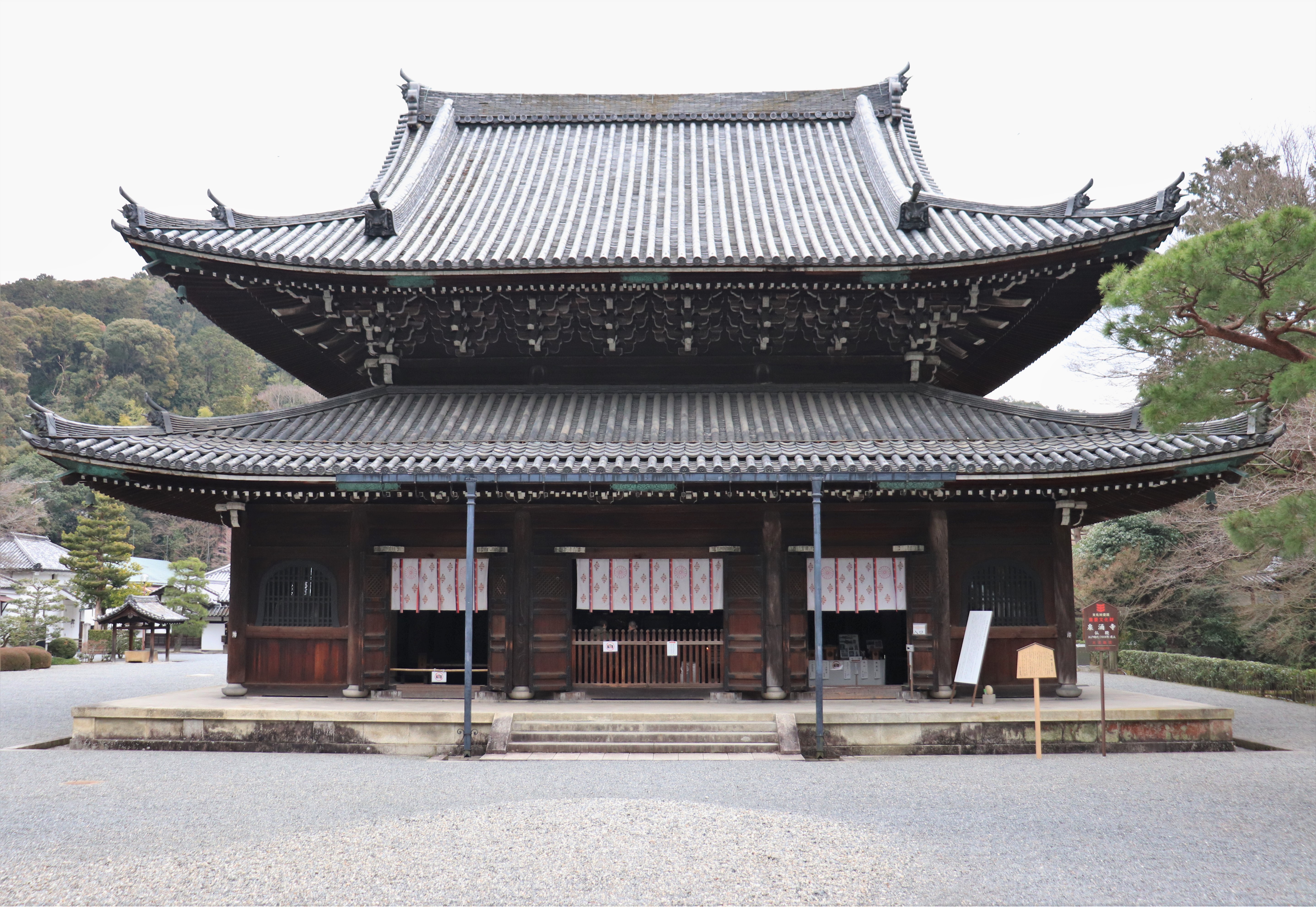
Behind the Butsuden is the Shariden, which enshrines some of Buddha’s teeth. It also has many interesting things such as a statue of Idaten and a painting known as the Roaring Dragon. The structure of the building and the placement of the painting produces a flutter echo, so it actually feels like the dragon is roaring! Unfortunately, Shariden is only open to the public during a dragon year (the next dragon year is 2024.)

There is also a garden in the Gozasho [御座所] at the back of the temple. A Gozasho is for the imperial family to stay when they come to visit the graves of their ancestors—who do indeed visit from time to time! The building contains the gorgeous works of the famously artistic Kano clan that date back to the Edo Period.
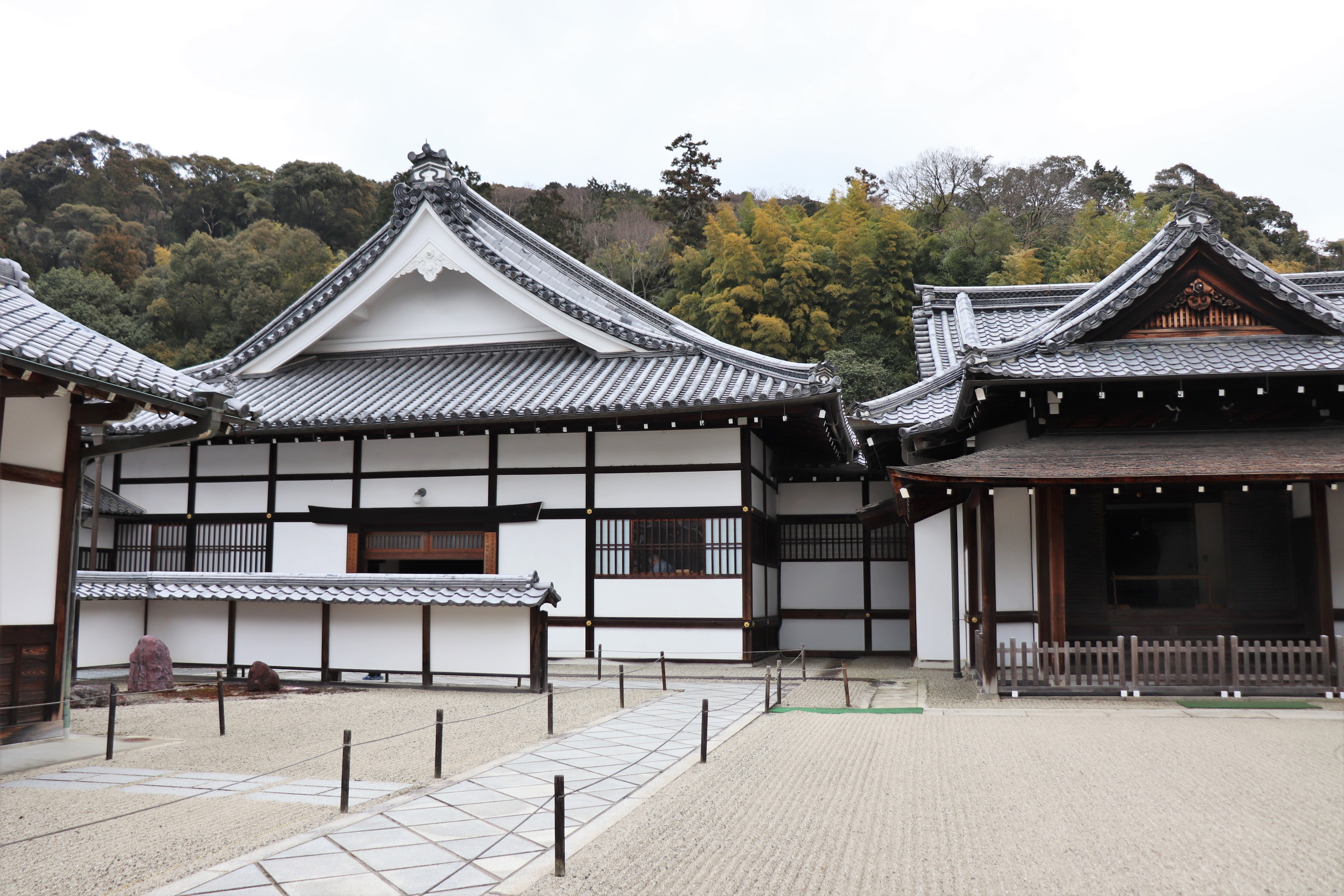
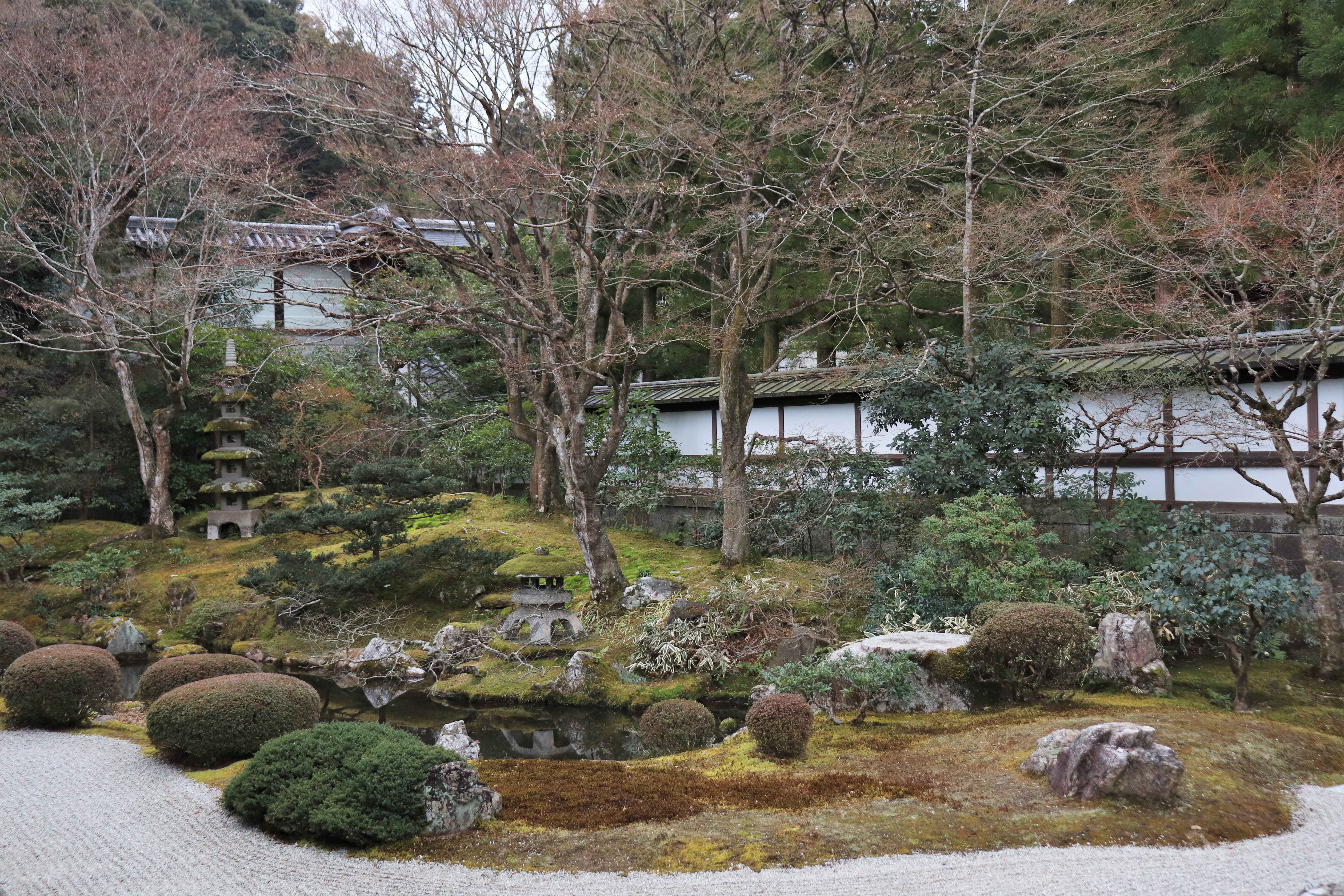
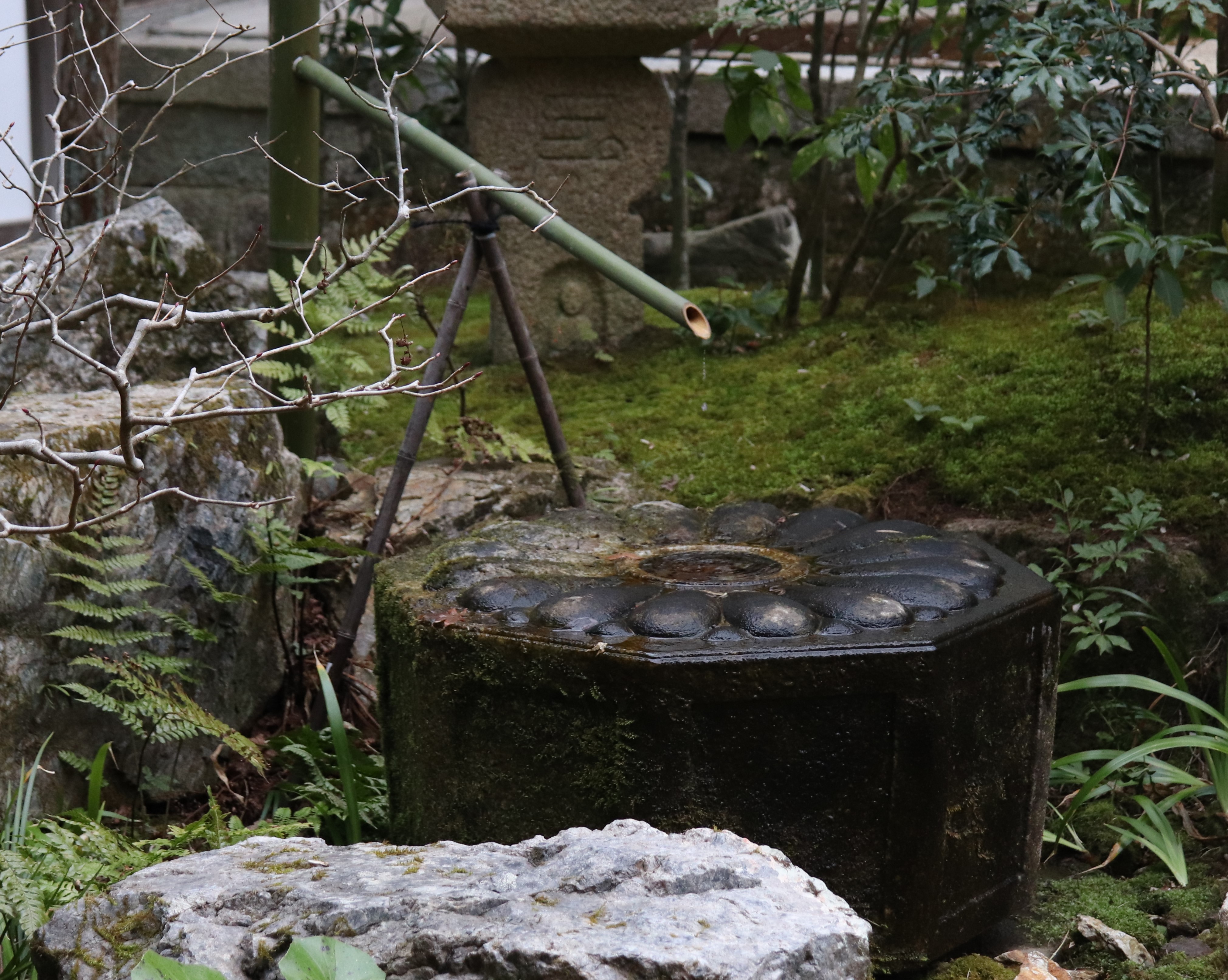
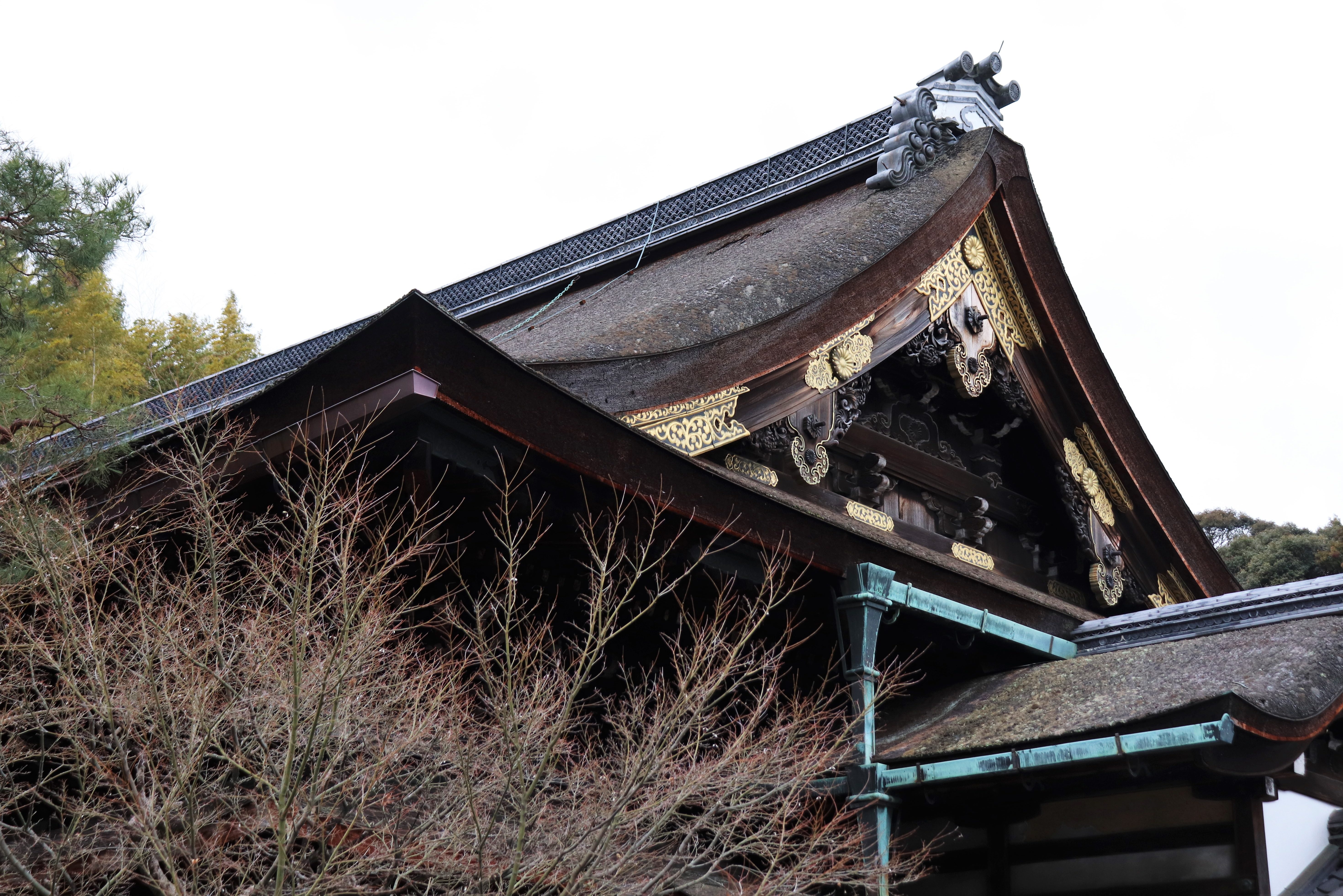
Points of Interest
Yokihi Kannon-do (Yang Guifei)
Just to the left of the Daimon Gate is the little temple, Yokihi Kannno-do. Though it is small and many people probably walk right by it, this little temple is well-known in Kyoto. What makes the temple so interesting is the little statue it enshrines; a statue of Yokihi Kannon. Yokihi or Yang Guifei was the wife of China’s Emperor Xuanzong and was renowned as one the three most beautiful women in the entire world. Allegedly the statue came to the temple in the 13th century via a Japanese monk who had returned home from China.

Tsukinowa Mosoleum
Walk past the Reimei-den and you will find the Tsukinowa Mausoleum[月輪陵]. Although Sennnyu-ji is the tutelary temple of the imperial family and houses the remains of many emperors, the mausoleum became government property in the Meiji Restoration. For this reason, the temple brochure does not mention the mausoleum, but it is here!
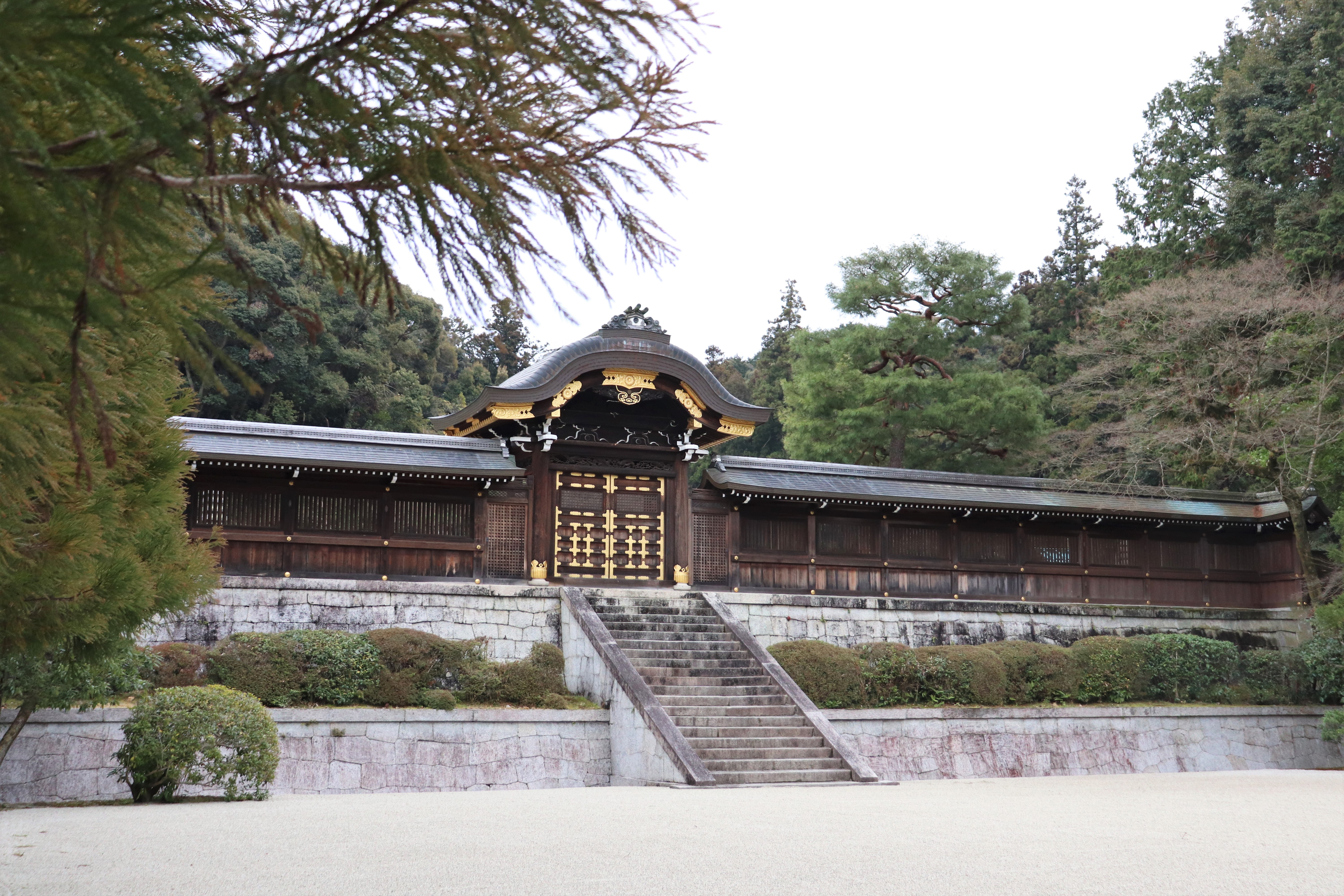
As you might expect, you cannot get close to the mausoleum because it contains imperial graves, however, you can clearly see the many stone pagodas just behind the gates.
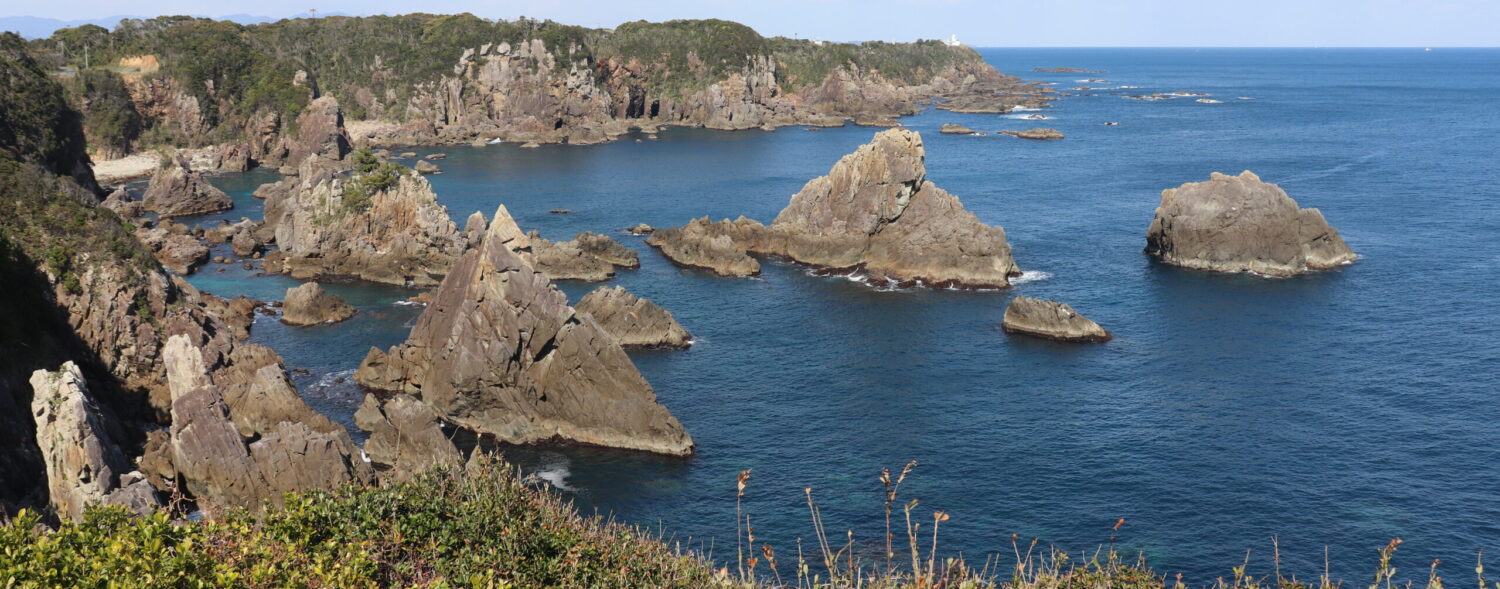
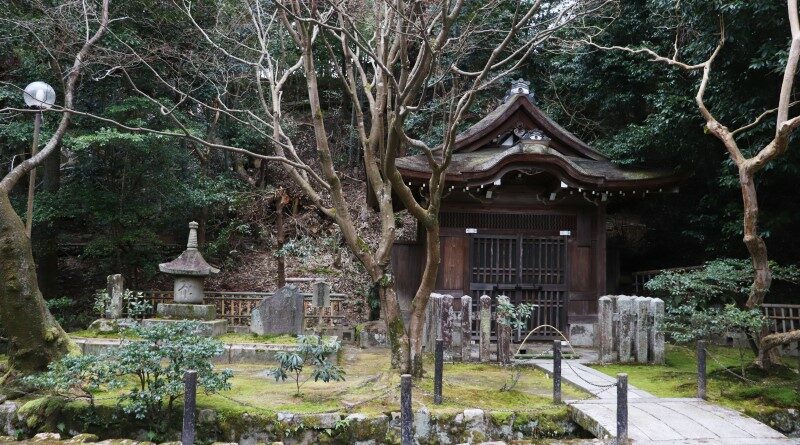
Leave a Reply